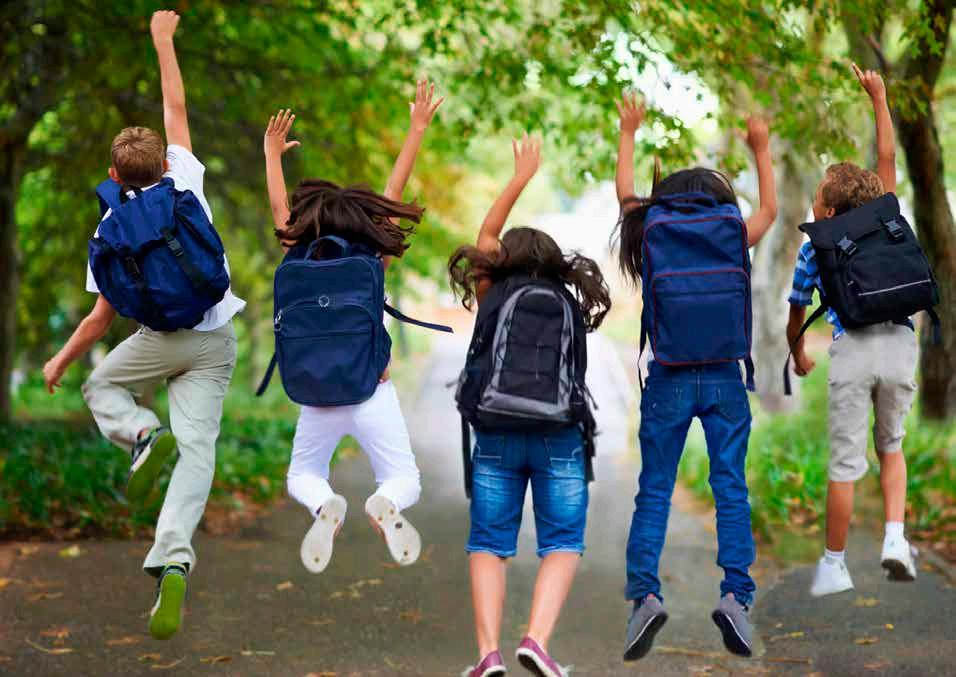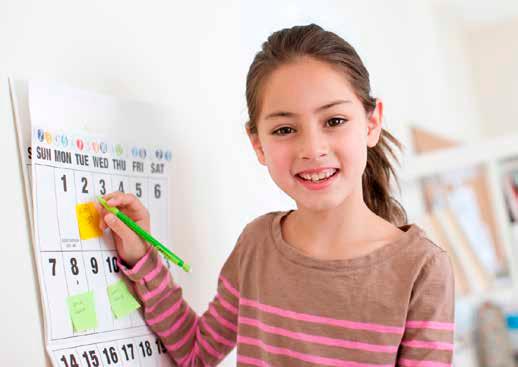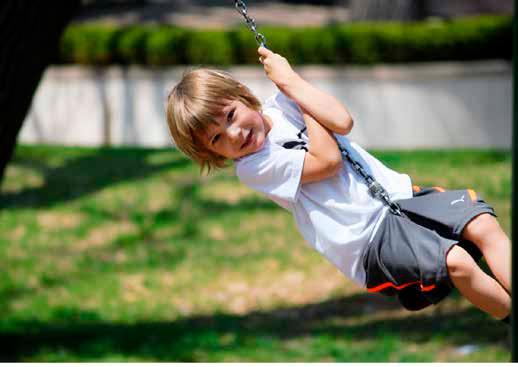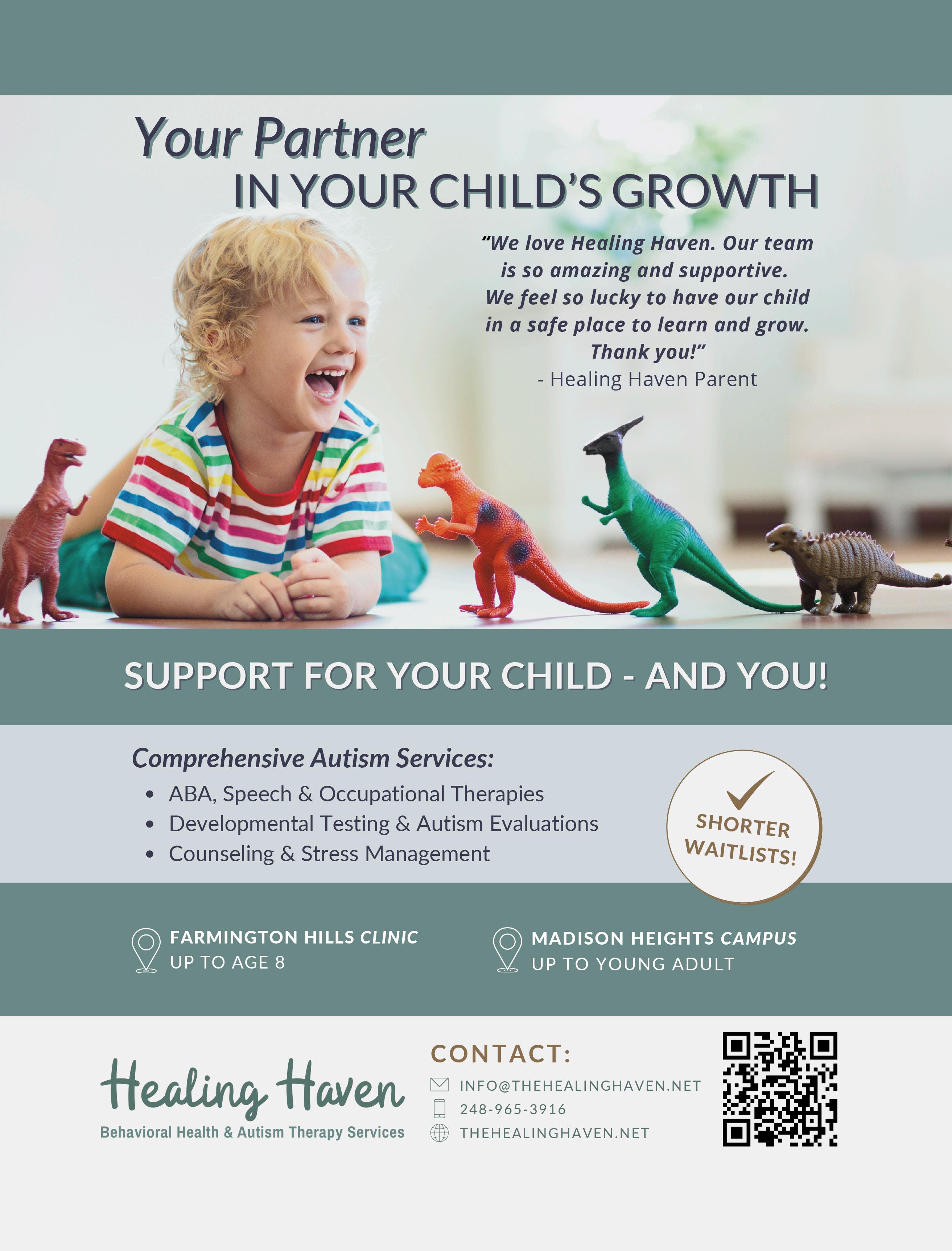
3 minute read
The Transition to Summer for Kids with Autism
BY HEALING HAVEN
AS SUMMER BREAK approaches, it’s normal to feel anxious about the transition for your child with autism. You may wonder how your child will adjust to schedule changes, barbeques, fireworks, large gatherings, and all the other eventful things summer brings.
To ease some of the anxiety, we compiled five tips to consider using in the transition to summer for kids with autism:
1. Create a Schedule
Some kids with autism hold rigidly to schedules and plans. To avoid triggering anxiety in your child, create a visual summer schedule to review and discuss with them. Let them know that things might change with this new season and that change is okay. Communicate to your child any change of plans as soon as possible to avoid catching them off-guard.
2. Plan Ahead
Just like with any change, it is important to maintain a routine for your child when summer rolls around. Think through what could cause frustrations for your child. One idea is to physically introduce novel places
and activities to your child ahead of time. When you bring your child to the new location, explain to them what to expect so they won’t be blindsided by these new experiences. Another way to prepare is by looking into sensory-friendly options for some activities and places, such as a museum or theatre. Planning to go to places at non-peak hours is also a good practice for sensory-sensitive children.

3. Set Expectations and Give Rewards
Keep your child updated on where you are going, when you are going there and what will take place. Utilizing timers is a wonderful way to remind your child when things will happen, such as leaving the house for an event.
Another way to help kids adjust to new places and experiences is to give rewards. Ask your child what they prefer to “work” for and surprise them with a preferred treat or activity after they handle a new event well.

4. Coping with Loud Events
With summer comes holidays and loud and crowded events. Prepare your child before the event by showing them a video of a firework show or concert to help them know what to expect. Bring noisecancelling headphones and sunglasses in case they become overstimulated. “Distractors,” such preferred activities, fidgets, or items that comfort them are also great to have on hand.
5. Go Slow
If possible, pace out the new activities. Talk with your child about some exciting activities planned for the summer to paint the coming change in a positive light. Practice adding in change in small ways, such as asking your child to stop a preferred activity and move to a different preferred activity. With this model, you can have them gradually move to nonpreferred activities to increase their compliance with change.

The transition to summer for kids with autism may sound stressful, but with some planning ahead of time, you can help your child thrive. And as always, remember to stay safe, particularly when outdoors or near water. Here’s to a relaxing, adventurous, and safe summer!
To learn more about the comprehensive autism services at Healing Haven, visit thehealinghaven.net.











